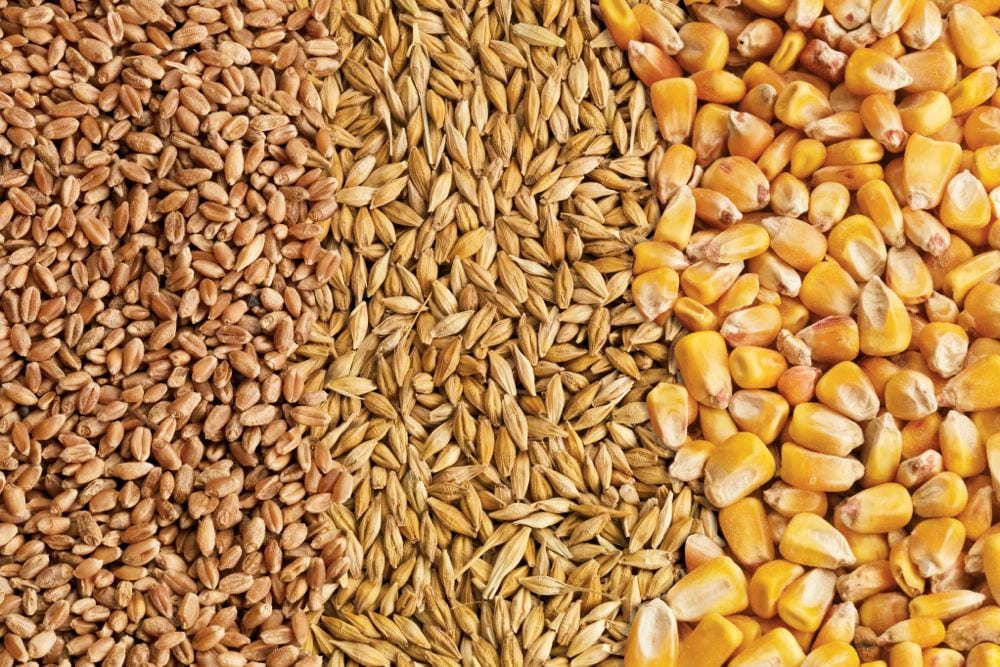CNS Canada — ICE Futures Canada canola contracts chalked up gains for the week ended Wednesday, as farmers hung onto supplies in the quest to draw out better prices.
The January canola contract was the most consistent mover, finishing higher for the seventh consecutive session on Wednesday.
Either “producers are not selling it or the grain companies aren’t hedging it, which isn’t likely — so the producers are long,” said Wayne Palmer of Agri-Trend Marketing in Winnipeg.
Open interest didn’t appear to be moving upward even though “the funds are short 35,000 contracts,” he noted.
Read Also

Feed Grains Weekly: Price likely to keep stepping back
As the harvest in southern Alberta presses on, a broker said that is one of the factors pulling feed prices lower in the region. Darcy Haley, vice-president of Ag Value Brokers in Lethbridge, added that lower cattle numbers in feedlots, plentiful amounts of grass for cattle to graze and a lacklustre export market also weighed on feed prices.
Palmer estimated harvest is roughly 30 to 35 per cent complete across the Prairies, with crops that were reseeded as a result of the June frost likely to start being combined next week.
According to Palmer, however, most farmers don’t plan to sell their canola unless they get $11 a bushel for it.
“The best they’re paying, which is in Alberta, is $10.75, with others close to $10.25 to $10.40.”
Palmer said he believes that given enough time, growers will eventually get the price they’re after.
“They will get $11,” he said, adding that eventually, the basis would narrow or futures would be “run up” to squeeze supplies onto the market.
Ken Ball of PI Financial in Winnipeg pegged support for canola’s November contract at $460 per tonne and the resistance at $475.
“As long as the Canadian dollar stays down, that $460 should stand as a decent support level for canola,” he said.
One potential wild card to the situation is the U.S. Federal Reserve’s looming decision on whether or not to hike the interest rate.
An announcement is expected sometime Thursday; Ball said the Canadian dollar could be on the move, depending on the report.
One other feature to the canola market lies in the spread, said Palmer, noting the November/January spread had narrowed to $5.
“You got the funds short a lot of November, you got to buy the November and sell the January and if the producer doesn’t sell canola and stores it, the guy that’s short cash and short the November futures will be up a creek when it comes time to buy.”
The spread could quickly turn into an inverse given enough time, he added.
— Dave Sims writes for Commodity News Service Canada, a Winnipeg company specializing in grain and commodity market reporting.














